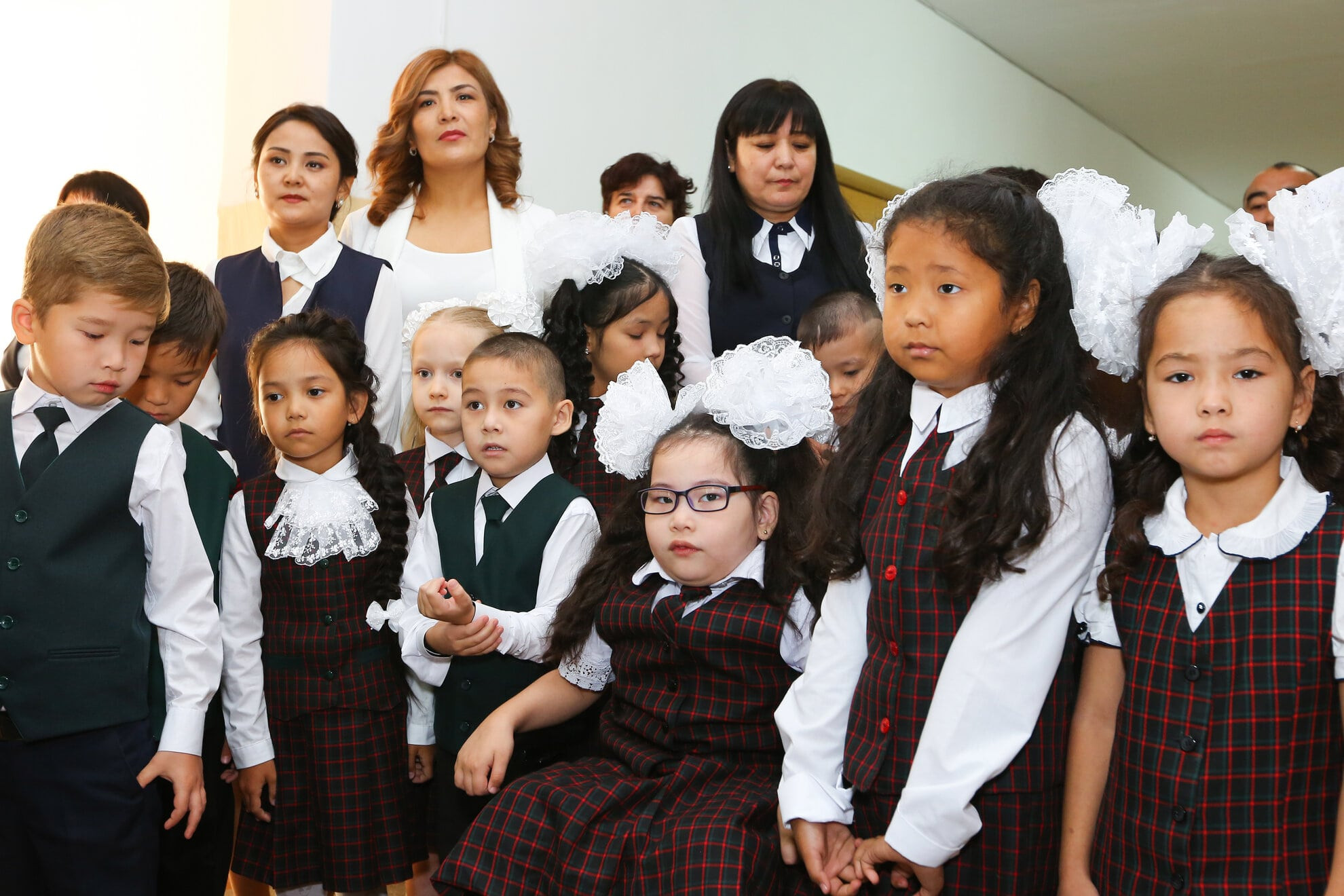NUR-SULTAN – There is hardly anyone who has not heard about the topic of providing inclusive education. The topic has been topping national agendas for many years now and education is indeed a fundamental right for every child. The Astana Times recently spoke to Maral Sheshembekova, director of the Equal, But Different project at the Dara Foundation which has been working with children from vulnerable groups for more than 10 years, and Dr. Anna CohenMiller, Assistant Professor at Nazarbayev University Graduate School of Education, whose research focuses on inclusion and equity in education.

In Kazakhstan, there are more than 161,000 children with special educational needs. Photo credit: dara.kz
At a Feb. 21 meeting of the National Council of Public Trust, Kazakh President Kassym-Jomart Tokayev said the system should be reformed and upgraded.
“It is necessary to update the regulations in this area, taking into account the specifics of the regions and modern standards. Today one psychological, medical and pedagogical commission covers 60,000 children. This norm should be lowered to 50,000 children to make the work more effective. Check-ups on the children from an early age need to be improved and the social services at primary health care organizations need to be strengthened,” he said then.
The Majilis, the lower chamber of the Kazakh Parliament, adopted a bill on inclusive education on April 21 aimed at providing conditions for equal access to quality education for children with special needs, a leap forward in the nation’s efforts towards its goal to ensure all of its schools are inclusive.
But what does inclusive education really mean?
Article 24 of the Convention on the Rights of Persons with Disabilities defines inclusive education as “one that accommodates all students whatever their abilities or requirements, and at all levels – pre-school, primary, secondary, tertiary, vocational and life-long learning.”
Addressing social stigma is also crucial in making progress. One of the legacies inherited from the country’s Soviet past is a mindset that frames disabilities as illnesses to be either treated or if not, hidden away. During Soviet times, it was common to send children and adults with disabilities to special schools or institutions, where their isolation from the outside world only became greater.
The Dara Foundation is one of the few big organizations that have extensive experience in supporting greater inclusivity in the nation’s education system.
The foundation operates 45 psychological and pedagogical service centers, where families and children with special educational needs can receive assistance from specialists free of charge. 16,500 children with disabilities receive services in these centers.
“We saw the lack of such centers and together with public organizations and later private, we started to open such centers, where families can receive comprehensive support. There were centers like this before, but only at the local level. It is important to teach family and children how to live with their diagnoses,” she said.
After working with children, specialists see that they perform and socialize well.
“We did not want them to go to specialized schools, because there is no point. They are doing very well. We started to integrate them into the schools. It is not the fault of teachers that they do not know, because there is a Soviet legacy to deal with that hid people with disabilities and did not address this topic. But now global trends are changing, a social model based not on pity, but on the fundamental right of every person to be socially integrated, has replaced the previous medical approach,” she said.
The outbreak of the coronavirus and school closures has become an ordeal for many schoolchildren, but for children with special educational needs, it has become a greater challenge.
“Just think about the simple factor of sound. So, within the classroom, maybe as an educator, or if you’re meeting face-to-face with someone, you have a sense of how loud your voice is. You have a sense of a response from people. But online, especially if there are delays in video or if the internet isn’t particularly strong–just for a moment even–then as educators, we wouldn’t get a sense of whether students are all able to understand the lesson. And likewise, the students wouldn’t be able to get the feedback they need,” said Dr. Anna CohenMiller.
The more people who as a community raise this topic of educational inclusion, the greater the impact of all our efforts.
It is, however, more effective if the awareness-raising efforts come from multiple sides.
As Dr. CohenMiller explained, “many people around the world also discuss these kinds of differences between a top-down or a bottom-up approach to increase the awareness of what an inclusive teaching, educational system, and inclusive society entail. We would ideally have it come from both sides. And so, the more that we as a community can discuss these topics the better to raise awareness to make the changes we need as a society to facilitate success for all.”


